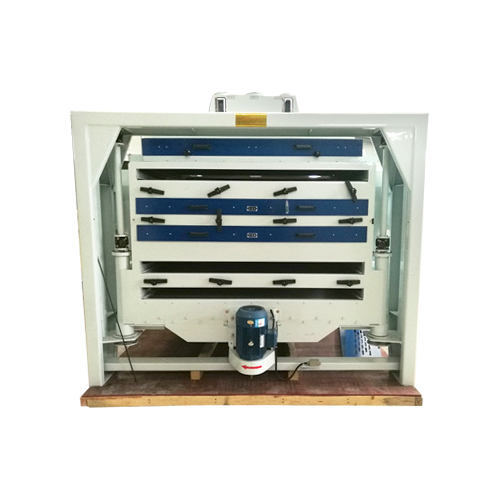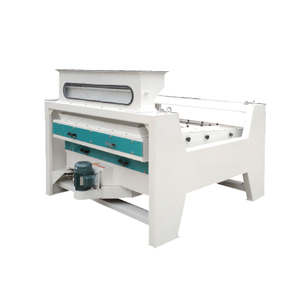The Grading Of Paddy And Milled Rice
Body
Normally paddy is not use Rice Grader(LIANGGONG) prior to milling, but under certain circumstances the grading of paddy is desirable or even necessary. Grading has several advantages: (1) immature grains are separated; (2) a more precise adjustment of the huller is possible, which minimizes breakages; and (3) independent milling of graded lots is possible.
In grading paddy, use is made of differences in the thickness or length of different varieties. Paddy grains having the same length but different thicknesses are graded by rotating graders; whereas, grains with the same thickness but different lengths, are separated by trieurs. If the mixture consists of grains having different thicknesses and lengths, separation is completed by both the rotating graders and the trieurs. However, if the paddy consists of a mixture of varieties with about the same length and thickness, paddy grading is practically impossible.
Grading of milled rice refers to the separation of brokens from the head rice and the further classification of brokens into a prefixed selection of grades. In the Philippines, normally only the very small brokens and points are separated, leaving as the main product a mixture of small brokens, large brokens, and head rice. This mixture can be sold easily on the Philippine market because traditionally domestic production is not sufficient and rather high living costs dictate the purchase of this cheaper ungraded rice.
The introduction of the new high-yielding varieties (HYV's) and the fact that these HYV's, in general, are classified under "special varieties" provides bright prospects for export of this rice to quality conscious markets. This means the Philippines will have to export a product that meets the requirements of the customer. In the international trade of rice, in general, and of quality rice, in particular, the specification of these requirements always refers to the range and percentages of brokens that will be accepted. Consequently, the rice miller producing rice for export will have to grade his rice. The local demand for graded quality rice is also increasing; therefore, the grading of rice is becoming more and more important.
Click Rice Huller to learn about more information.






Comments